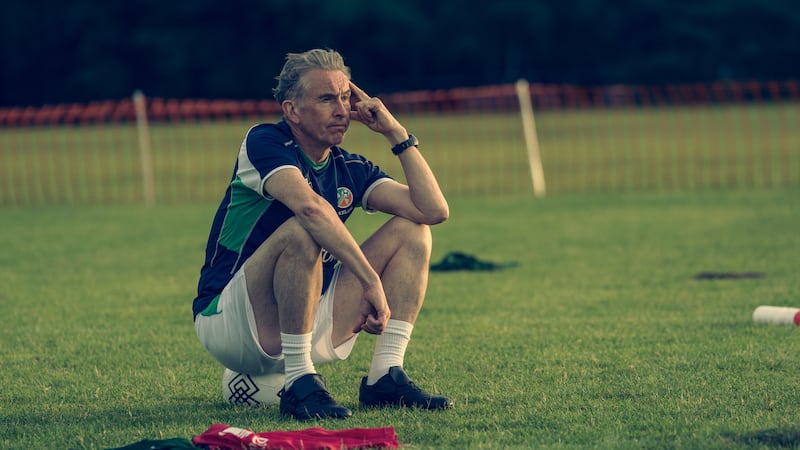Studying Ireland with a tourist's eye can introduce us to a country we don't usually get around to seeing, writes Louise Holden
How many of your local landmarks have you visited? We travel many miles to see the Eiffel Tower, the Sphinx or the Grand Canyon, but many people never get around to catching the tourist treasures on their own doorsteps. This creates a strange chasm between Irish citizens and the hundreds of thousands of tourists who visit the country each year. The Ireland they come to see is little known to many of us, and their experience of this country can be quite different from ours.
The Tourism Awareness programme, co-ordinated by Fáilte Ireland, is designed to show Transition Year students what it means to be a tourist in Ireland. There are 188,000 Irish people working in the tourism industry here, and countless more - from musicians to fashion designers to landscape gardeners - owe much of their earnings to the millions of people who visit the country from abroad.
The programme, which comprises class time, field trips and work experience, starts with a few basic questions. What is a tourist? A nuisance? A commodity? When you go to visit your cousin in Co Leitrim, are you are tourist? How do you expect to be treated? How do you treat visitors to Ireland?
These are interesting questions when you consider that tourism is such an important contributor to the national economy. It also has an impact on all our lives, in ways we may never have considered before.
For example, the programme has a complete module on the subject of tourism and the environment. Ireland's reputation as a clean, green landscape is a major draw for many visitors, but these visitors can compromise the environment if their activities are not properly managed. The programme also looks at some of Ireland's most popular tourist sites, and as part of the programme students visit areas of tourist interest and compare them to sights they may have visited abroad.
Ireland's history and heritage form an important part of the programme, as does Irish language and culture. Students are encouraged to take a look at the "Irish personality" and to assess whether perceptions of Irishness abroad match the reality. Negative stereotypes such as the drunken, fighting Irish man are examined, as are more positive appraisals - are we really fair-minded, creative, funny?
Students are asked to examine Irish attitudes to a range of issues, from religion to drink to sex. This programme is about getting to know the tourist and the tourist industry; it is also about getting to know ourselves.
"The Tourism Awareness programme provides those students with career interest in tourism with a very useful overview of the sector," says Fáilte Ireland's Anne Whelan.
"Furthermore, it provides every student with a valuable insight into what tourism means to us as a people, and encourages each to look at Ireland in a new way. In this sense, it perfectly matches the objectives of the Transition Year programme. It encourages students to be autonomous, participative and responsible members of society."
There are two options for schools with an interest in the Tourism Awareness programme: an 80-hour module (including 20 hours of work experience) or a 150-hour module (30 hours of work experience). Students who complete the programme successfully receive certification which they can use as credit if they decide to apply for one of the Fáilte Ireland-run courses in an institute of technology.
Schools offering the programme receive a detailed guide to teaching resources and a Tourism Awareness video. In-service training is offered to teachers, as is a tourism study pack with assignments, worksheets and background information.
Students who take part in the programme are encouraged to spend one of their work-experience placements in a tourist venue. The definition of this is flexible, and can include anywhere from hotels and restaurants to theatres, retail outlets and airports.
Statistics suggest that many Irish students will eventually follow careers in the sector. Many more will work in tourism-related jobs on a casual or part-time basis.
Two hundred schools have used the programme so far, and it has been a success. The field trips are a particular hit - everyone loves to go sightseeing, and not many of us take the time to be tourists in our own towns.














